Preventing and Treating Travel Anxiety in Dogs
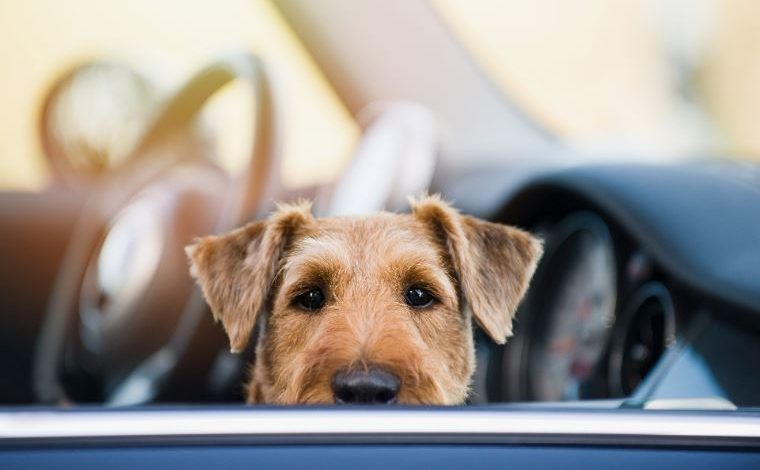
A dog may panic at the mere sight or sound of a car. For others, it’s the idea of getting into one and taking a ride that triggers a sudden fear.
In either case, the situation can be problematic for both pet and owner, as it’s not always possible to avoid contact with cars or compulsory journeys with your pooch. The good news is that there are solutions to help alleviate this fear. Discover our solutions in this dossier.
My dog is afraid of cars: why? How can I help?
Dogs can sometimes be afraid of cars they see on the street. While this may come as a surprise, it’s not really irrational. Their size, shape, noise and odors can be very frightening for an animal. A pooch that encounters a vehicle on its walk may tense up, freeze, freeze, refuse to move forward or even try to flee by pulling on its leash with all its might. Some will even bark in an attempt to put this « enemy » to flight. Nevertheless, it’s perfectly possible to help an animal overcome its fear of vehicles.
Why is my dog afraid of cars?
The fear a dog may feel at the sight of cars can be explained by a number of factors:
- trauma (an accident involving a vehicle, etc.) ;
- a change in its environment (moving to the city, etc.).
It’s reassuring for a dog not to approach cars, as this limits the risk of accident, but when the blockage is too great, the animal can become so frightened that it becomes tetanized and unable to move.
How can I help my dog?
If your dog is afraid of cars when they’re stationary, it’s possible to help him overcome this fear in a very simple way, with short sessions that will enable him to get used to it little by little.
Of course, we feel it’s important to point out that you should never force your dog or rush the learning process. Progress at your dog’s own pace, with patience and positive encouragement, because you are his best support in this learning process. And don’t forget that your dog will have to learn to overcome his fear, which requires a great deal of courage. He may therefore need time, which is natural.
Keep sessions short (10 to 15 minutes maximum) and repeat them every day or two. Your pet needs to be attentive, so avoid moments when he’s too tired or excited. Don’t rush through the stages, waiting until each one has been perfectly acquired before moving on to the next, otherwise you run the risk of going backwards and losing the fruits of your efforts.
In this case, here are the steps to follow
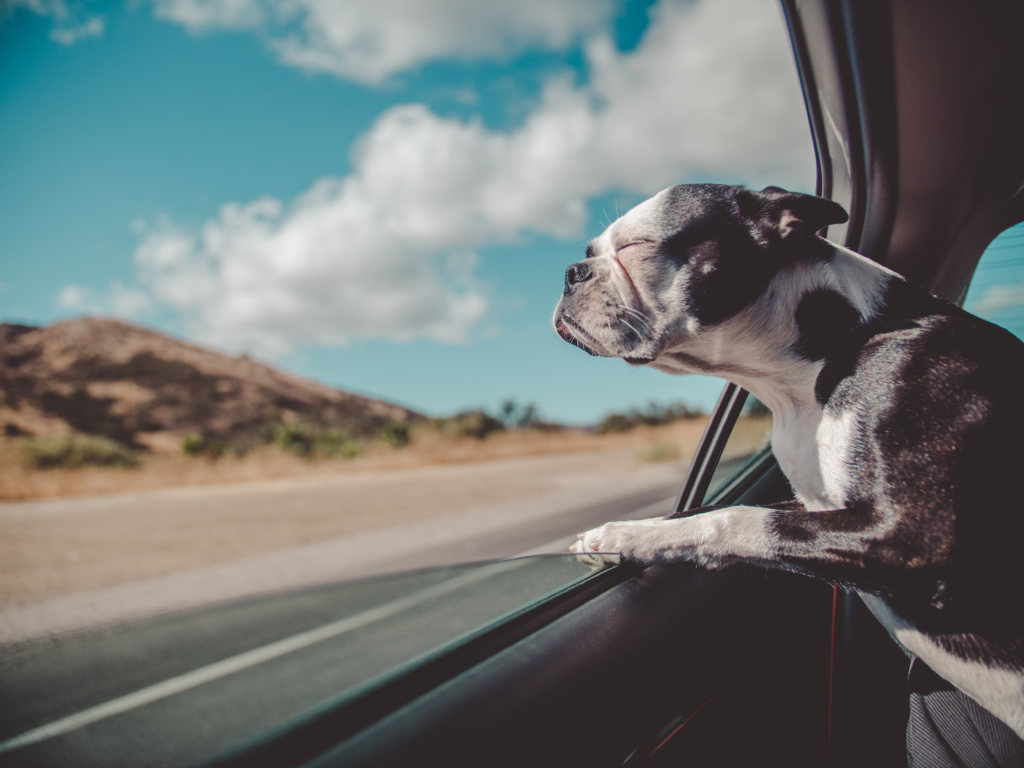
- Step 1: Place your pet at an acceptable distance from a car. Start a play session to relax him, and offer him treats from time to time.
- Step 2: Gradually reduce the distance to the vehicle, while continuing the play session.
- Step 3: When you’re close enough to the vehicle, touch it with your hand to let your dog know there’s nothing to be afraid of. Continue to play with him in a natural way, letting him run around the car and sniff it if he feels the need. If he seems afraid of it, don’t try to reassure him so as not to confirm his worries. On the contrary, ignore his fears.
- Step 4: You can then open the boot of the car if your dog tolerates its proximity. Continue to play with him, as if nothing had happened.
- Step 5: Invite your dog to get into the car by offering him a treat. If he refuses, forget it this time – he’s not ready yet. If he does, reward him and encourage him to stay a while by playing with a toy.If he wants to get off right away, let him.
- Step 6: Once your dog is able to get in and out of the trunk without difficulty, you can move on to the second phase of exercises.Then it’s time to teach him not to be afraid of the moving car.
- Step 7: Turn on the engine and don’t react to your dog’s fears.
- Step 8: If your dog can stand the sound of the engine while in the car, take him on a short trip of just a few metres.
- Step 9: Over time, increase the distance.
- Step 10: Then try out outings with your dog on streets frequented by cars, until he tolerates them without reluctance.
My dog is afraid when he’s in the car: why?
How can I help?Your dog may not necessarily be afraid of the moving cars he passes on his walks, but he may be frightened at the mere idea of getting into the car to make a journey.This fear is annoying for both dog and owner, because every « compulsory » journey, such as a visit to the vet, can turn into a real ordeal for both parties.
Why is my dog afraid of getting into the car?
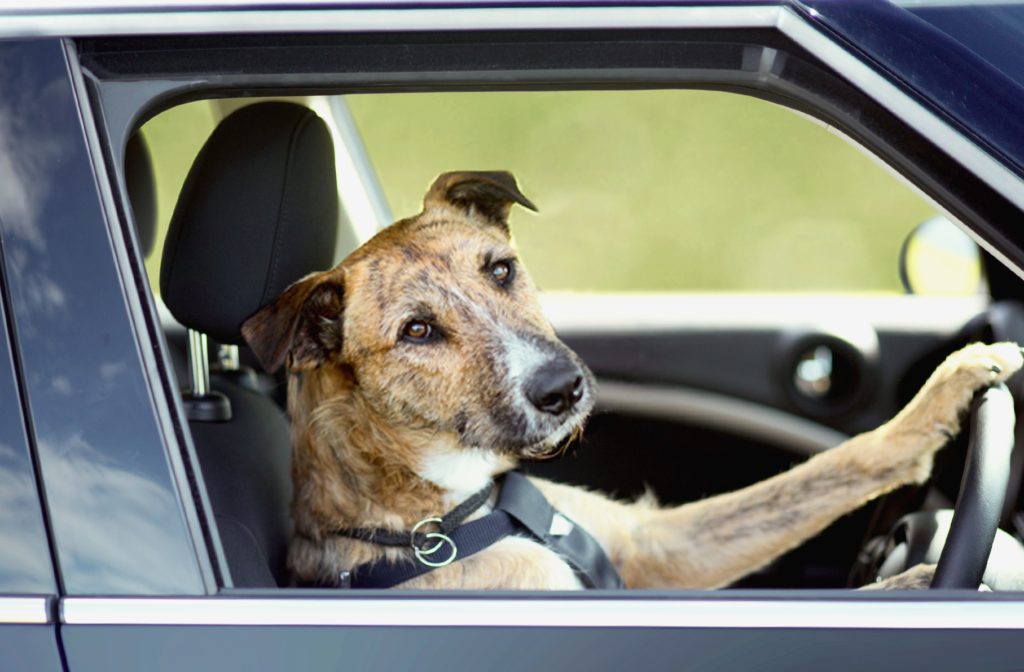
There may be many reasons for your dog’s fear of getting into the car.
He may never have had to take a car trip before, and be reluctant to accept the novelty.He may have associated the car with an unpleasant event, such as a visit to the vet.
He may have had a traumatic experience with a car, such as physical shock.He may have difficulty coping with the fact that the vehicle is in motion beyond his control.
They may suffer from motion sickness and dread the slightest movement.They may have difficulty with confinement.Some dogs are so afraid of getting into a car that they refuse to go near it. Others will agree to get in, but they can’t help feeling sick at the thought of the car moving, which may cause them to cry, whimper, bark, vomit, salivate profusely, pant, or even urinate or defecate out of fear.
How to help your dog?
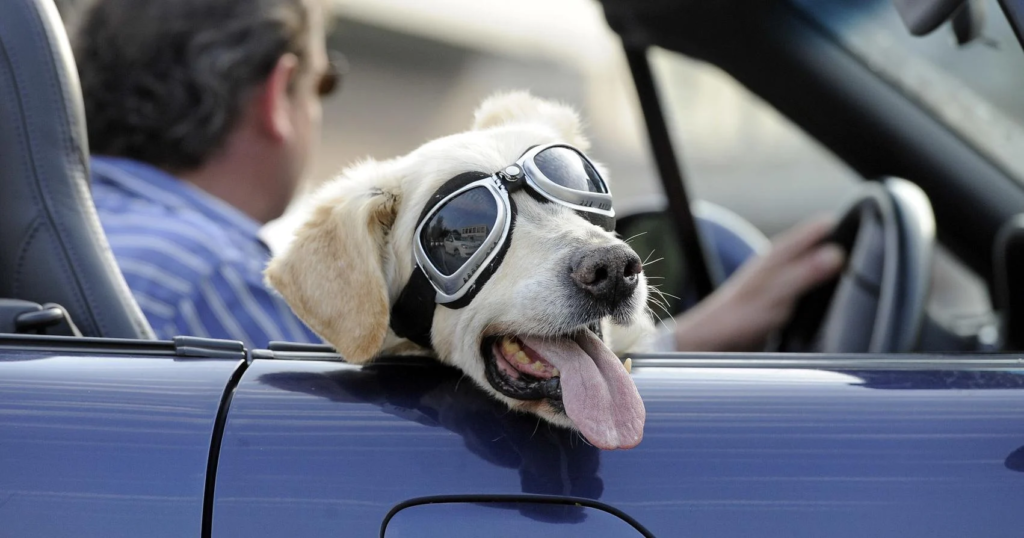
If your dog is afraid of car journeys, there are a number of things you can do to help him overcome his fears and gradually accept travel by car.
If your dog can’t stand the car to the point of being unable to approach it, you’ll need to desensitize him to this fear by first following the steps outlined in the previous section on vehicle phobia. Only then will you be able to follow our advice to help him gradually cope with car journeys.
We’ve already touched briefly on the solutions and steps you can take to help your dog accept getting in and out of the car. Here is a series of tips to help you make every journey a positive one, with the aim of making all your journeys with your pooch as easy as possible.
Getting used to it from an early age:
Get your puppy used to car journeys from an early age. Make him do it regularly, even for 5 minutes, to help him assimilate this type of transport to normality. He’ll be less likely to develop a fear of it as he gets older.
Alternate the reasons for travel:
The car shouldn’t be reserved solely for trips to the vet or for negative events, otherwise your dog will dread all journeys. Don’t hesitate to use the car from time to time for pleasant, positive journeys, such as walks, discovering new places, dog activities or meeting other dogs. This way, your dog won’t associate the vehicle with a constraint.
Avoid reassuring your dog:
If your dog expresses fears, don’t reassure him. Simply ignore him (don’t look at him, touch him or talk to him). If you reassure him, he’ll deduce that he’s right to be afraid, which will reinforce his anxiety and behavior. On the contrary, ignore him to show him that everything’s fine and normal.
No punishment:
If your dog drools, urinates, defecates or vomits out of fear in the car, don’t scold him, because it’s not his fault. Fear may drive him to it in spite of himself. He won’t understand your anger and will see it as an injustice.
No cleaning in his presence:
if he has a « little accident » in the car (as mentioned above), don’t clean in his presence. He might take it as a game and do it again. Wait until he’s away from the vehicle before taking action.
Don’t leave your little friend alone: avoid increasing his anxiety by leaving him alone in the car.
Consider a crate:
It’s much more reassuring for your dog, because being in a small space is safe and comforting, and it also cuts off visibility of the road, which can be disturbing for him. On the other hand, choose a model adapted to his size, neither too big nor too small. He should be able to stand on it without touching the top, but also to lie down and turn around without difficulty.
No food beforehand:
Don’t feed your dog in the hour before a journey, to avoid upsetting his stomach. If your dog suffers from motion sickness, there are special tablets to help. Talk to your vet.
Adopt a smooth driving style:
Of course, when your dog is on board, it’s no time to be a daredevil! Drive gently and carefully, without sharp bends or sudden braking. Smooth driving is much easier for your dog, who can’t control anything.
Natural solutions:
if necessary, use herbal dog soothers such as Bach flowers and pheromone diffusers, which will help relax your pooch before the journey, and even during if necessary!
FAQ Travel Anxiety in Dogs
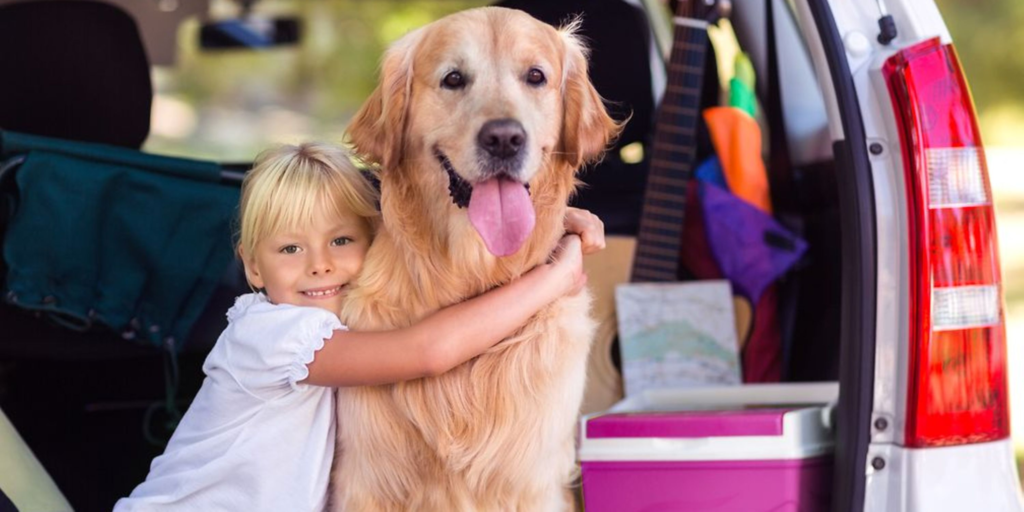
- How to Help Your Dog Overcome Fear of Cars
One effective strategy is to offer a special treat that your dog only gets in the car. For instance, provide a durable rubber toy filled with food for your dog to chew on while in the car. If your dog decides to leave the car, gently take the toy and place it back inside. This helps your dog associate the car with positive experiences and rewards.
- How to Treat Car Anxiety in Dogs
- Lower the windows for fresh air to help your dog feel more comfortable.
- Limit your dog’s food and water intake a few hours before the trip to prevent nausea.
- Consult your vet about medications for motion sickness or anxiety.
- Exercise your dog about twenty minutes before the trip to reduce stress.
- How to Desensitize a Dog to Car Rides
If your dog isn’t comfortable taking treats in the car, try driving a short distance and then taking your dog out for a quick play session. This helps your dog understand that car rides are short and lead to fun activities. Gradually increase the length of the trips as your dog becomes more comfortable.
- Can Dogs Grow Out of Car Anxiety?
Yes, dogs can grow out of car anxiety. The unfamiliar sounds and fast-moving scenery can cause car sickness, leading to travel anxiety. Puppies are generally more affected by motion sickness, but most tend to outgrow it by the time they are around one year old.
- What Spray Calms Dogs in the Car?
Adaptil is a product that uses pheromones to send scentless, species-specific messages to your pet, helping to reassure and relax them. Adaptil offers a full range of products designed to keep your dog calm at home, on walks, and while traveling.
- Is There a Natural Remedy for Car Sickness in Dogs?
Yes, a natural remedy for dog car sickness is to place a cotton ball with a few drops of lavender or chamomile oil inside your car about 30 minutes before you set off. This will fill the car with a soothing aroma. Be sure to remove the cotton ball before your dog gets in to prevent them from eating it.
- What Do Vets Recommend for Car Sickness?
When other methods don’t work, your veterinarian may recommend medication for your dog, such as anti-nausea or anti-anxiety medication. In some cases, a sedative might be suggested. Additionally, natural remedies like lavender, ginger, and valerian can help calm your dog and settle their stomach.





